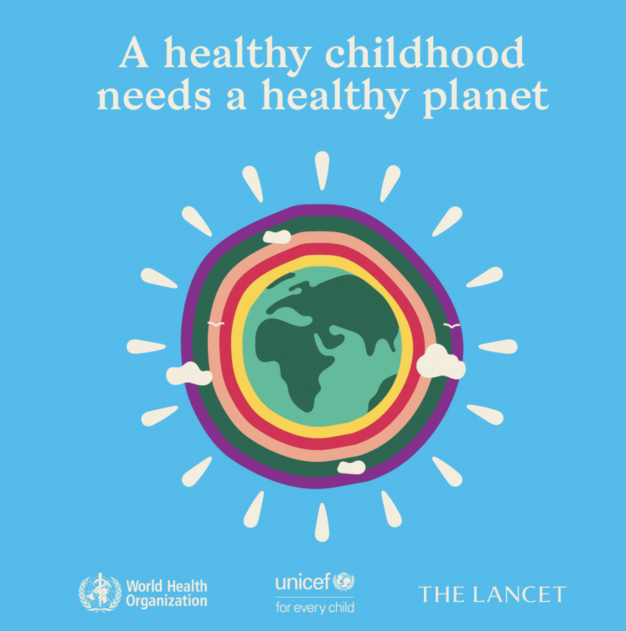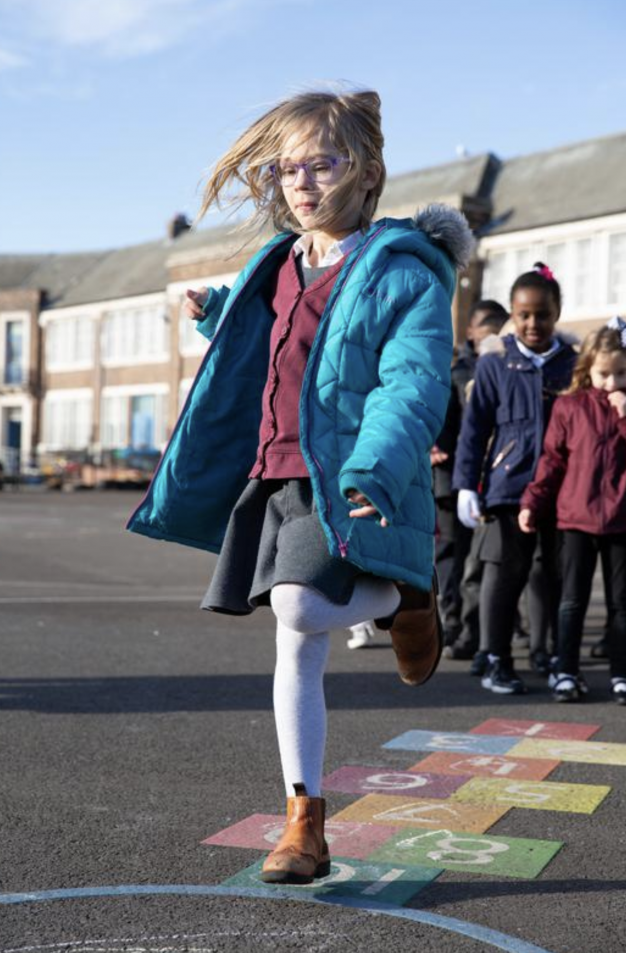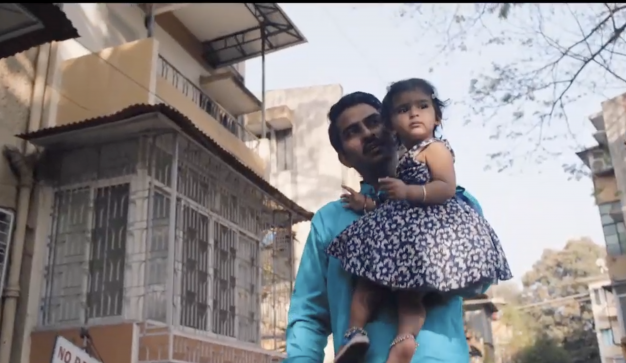
“The world is failing to give children healthy lives”
No single country is adequately protecting children’s health, their environment and their futures, says a major new report by over 40 child and adolescent health experts from around the world.
The World Health Organization (WHO), UNICEF and The Lancet medical journals commissioned A Future for the World’s Children? which says the health and future of every child and adolescent worldwide is threatened by ecological degradation, climate change and exploitative marketing practices that push heavily processed fast food, sugary drinks, alcohol and tobacco at children.
Helen Clark, the Prime Minister of New Zealand and co-chair of the commission behind the report, said: “Despite improvements in child and adolescent health over the past 20 years, progress has stalled, and is set to reverse. It has been estimated that around 250 million children under five years old in low- and middle-income countries are at risk of not reaching their developmental potential, based on proxy measures of stunting and poverty. But of even greater concern, every child worldwide now faces existential threats from climate change and commercial pressures.
‘Every child faces existential threats’
“Countries need to overhaul their approach to child and adolescent health, to ensure that we not only look after our children today but protect the world they will inherit in the future,” Clark added.
The report references UNICEF’s work on child-friendly cities, saying that urban planners have been attempting to modify the ‘physical environment’ to increase exercise through walkability, leisure opportunities and active transport. “Neighbourhoods that are protected from traffic and have green spaces are more conducive to outdoor play and physical activity. Some evidence shows a positive effect of green space on cognitive development and mental health, and that green space is associated with improved obesity-related health indicators,” it adds.

The report also includes a new global index of 180 countries, comparing performance on child flourishing, including measures of child survival and well-being, such as health, education, and nutrition; sustainability, with a proxy for greenhouse gas emissions, and equity, or income gaps. [Top & Bottom 10 countries; Interactive Index, Full Global Index on pp. 35-38] [1]
According to the report, while the poorest countries need to do more to support their children’s ability to live healthy lives, excessive carbon emissions – disproportionately from wealthier countries – threaten the future of all children. If global warming exceeds 4°C by the year 2100 in line with current projections, this would lead to devastating health consequences for children, due to rising ocean levels, heatwaves, proliferation of diseases like malaria and dengue, and malnutrition.
‘Distinct threat to children from harmful marketing’
The index shows that children in Norway, the Republic of Korea, and the Netherlands have the best chance at survival and well-being, while children in Central African Republic, Chad, Somalia, Niger and Mali face the worst odds. However, when authors took per capita CO2 emissions into account, the top countries trail behind: Norway ranked 156, the Republic of Korea 166, and the Netherlands 160. Each of the three emits 210 per cent more CO2 per capita than their 2030 target. The United States of America (USA), Australia, and Saudi Arabia are among the ten worst emitters.

“More than two billion people live in countries where development is hampered by humanitarian crises, conflicts, and natural disasters, problems increasingly linked with climate change,” said Minister Awa Coll-Seck from Senegal, Co-Chair of the Commission. “While some of the poorest countries have among the lowest CO2 emissions, many are exposed to the harshest impacts of a rapidly changing climate. Promoting better conditions today for children to survive and thrive nationally does not have to come at the cost of eroding children’s futures globally.”
The report’s authors also recommend that town and city planning processes include children as ‘key contributors using participatory frameworks’, much like the global collaborative organisation UNESCO’s Growing up in Cities model.

The only countries on track to beat CO2 emission per capita targets by 2030, while also performing fairly (within the top 70) on child flourishing measures are: Albania, Armenia, Grenada, Jordan, Moldova, Sri Lanka, Tunisia, Uruguay and Viet Nam.
‘Problems increasingly linked with climate change’
The report also highlights the distinct threat posed to children from harmful marketing. Evidence suggests that children in some countries see as many as 30,000 advertisements on television alone in a single year, while youth exposure to vaping (e-cigarettes) advertisements increased by more than 250 per cent in the USA over two years, reaching more than 24 million young people.
Professor Anthony Costello, one of the Commission’s authors, said: “Industry self-regulation has failed. Studies in Australia, Canada, Mexico, New Zealand and the USA – among many others – have shown that self-regulation has not hampered commercial ability to advertise to children. For example, despite industry signing up to self-regulation in Australia, children and adolescent viewers were still exposed to 51 million alcohol ads during just one year of televised football, cricket and rugby. And the reality could be much worse still: we have few facts and figures about the huge expansion of social media advertising and algorithms aimed at our children.”
Children’s exposure to commercial marketing of junk food and sugary beverages is associated with purchase of unhealthy foods and overweight and obesity, linking predatory marketing to the alarming rise in childhood obesity. The number of obese children and adolescents increased from 11 million in 1975 to 124 million in 2016 – an 11-fold increase, with dire individual and societal costs.
A manifesto for immediate action on child and adolescent health
To protect children, the independent Commission authors call for a new global movement driven by and for children. Specific recommendations include:
- Stop CO2 emissions with the utmost urgency, to ensure children have a future on this planet
- Place children and adolescents at the centre of our efforts to achieve sustainable development
- New policies and investment in all sectors to work towards child health and rights
- Incorporate children’s voices into policy decisions
- Tighten national regulation of harmful commercial marketing, supported by a new Optional Protocol to the UN Convention on the Rights of the Child.

Dr. Richard Horton, Editor-in-Chief of The Lancet family of journals, said: “The opportunity is great. The evidence is available. The tools are at hand. From heads-of-state to local government, from UN leaders to children themselves, this Commission calls for the birth of a new era for child and adolescent health. It will take courage and commitment to deliver. It is the supreme test of our generation.”
‘It is time for a rethink on child health’
“From the climate crisis to obesity and harmful commercial marketing, children around the world are having to contend with threats that were unimaginable just a few generations ago,” said Henrietta Fore, UNICEF Executive Director. “It is time for a rethink on child health, one which places children at the top of every government’s development agenda and puts their well-being above all considerations.”
“This report shows that the world’s decision makers are, too often, failing today’s children and youth: failing to protect their health, failing to protect their rights, and failing to protect their planet,” Dr Tedros Adhanom Ghebreyesus, Director-General of the World Health Organization, said. “This must be a wakeup call for countries to invest in child health and development, ensure their voices are heard, protect their rights, and build a future that is fit for children.”




